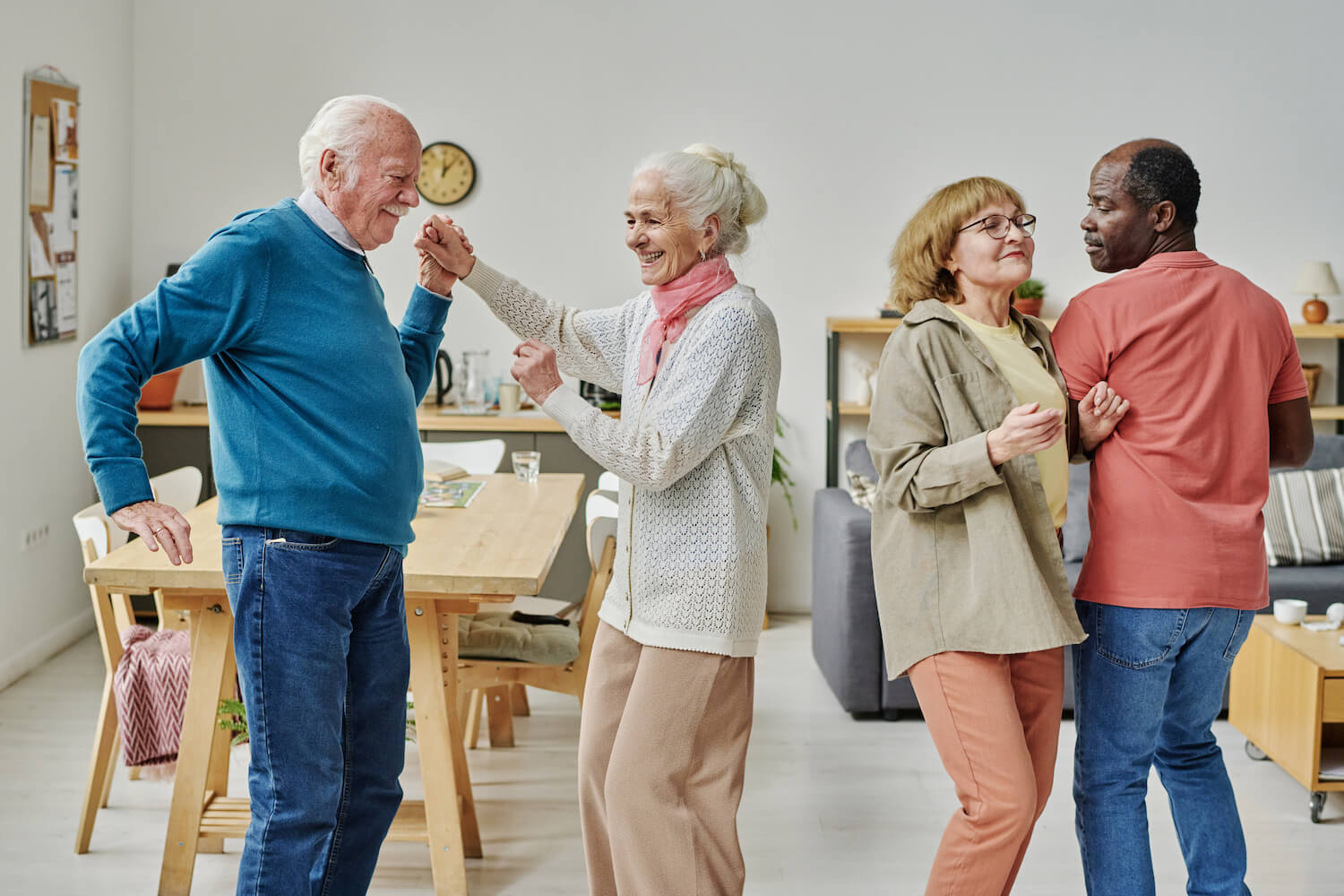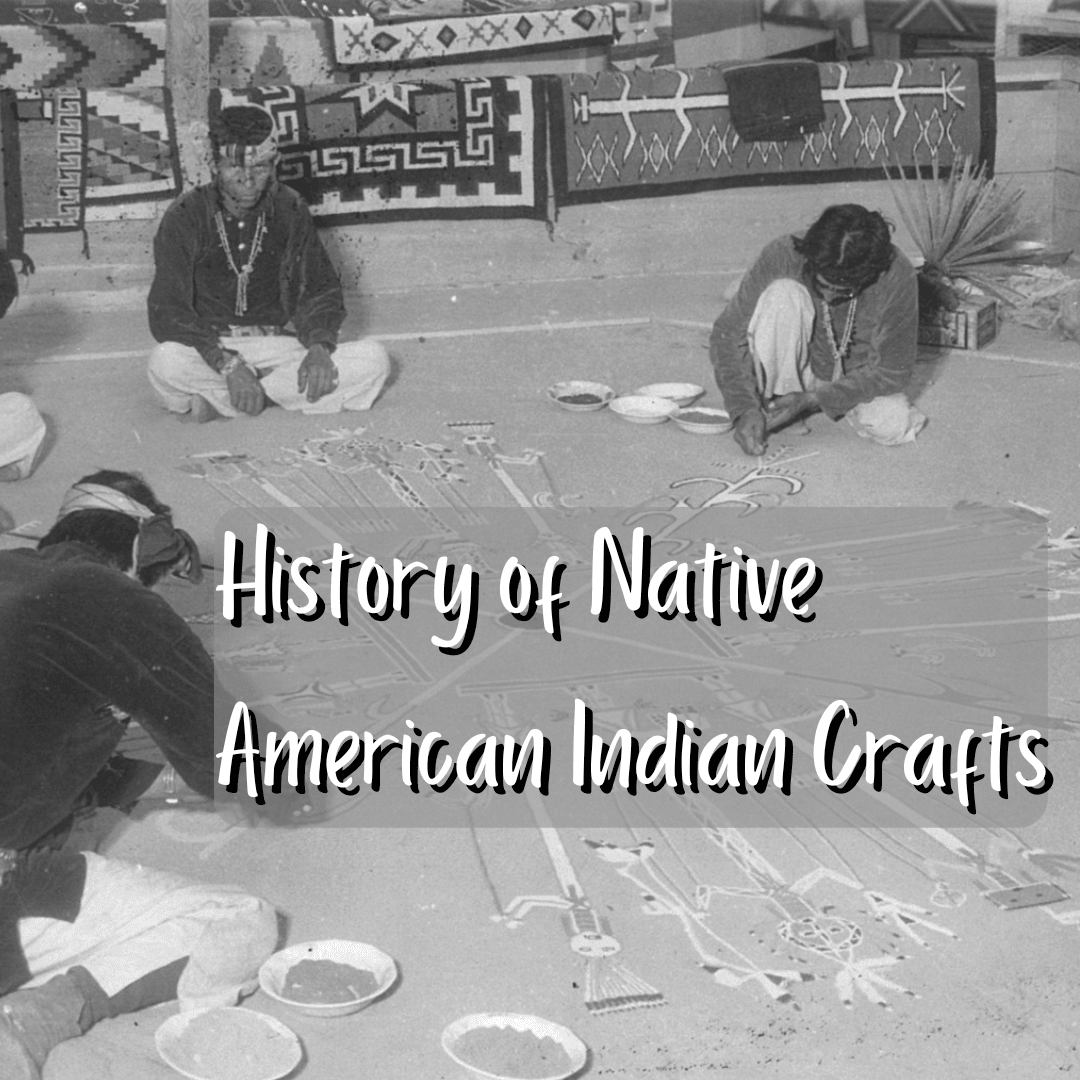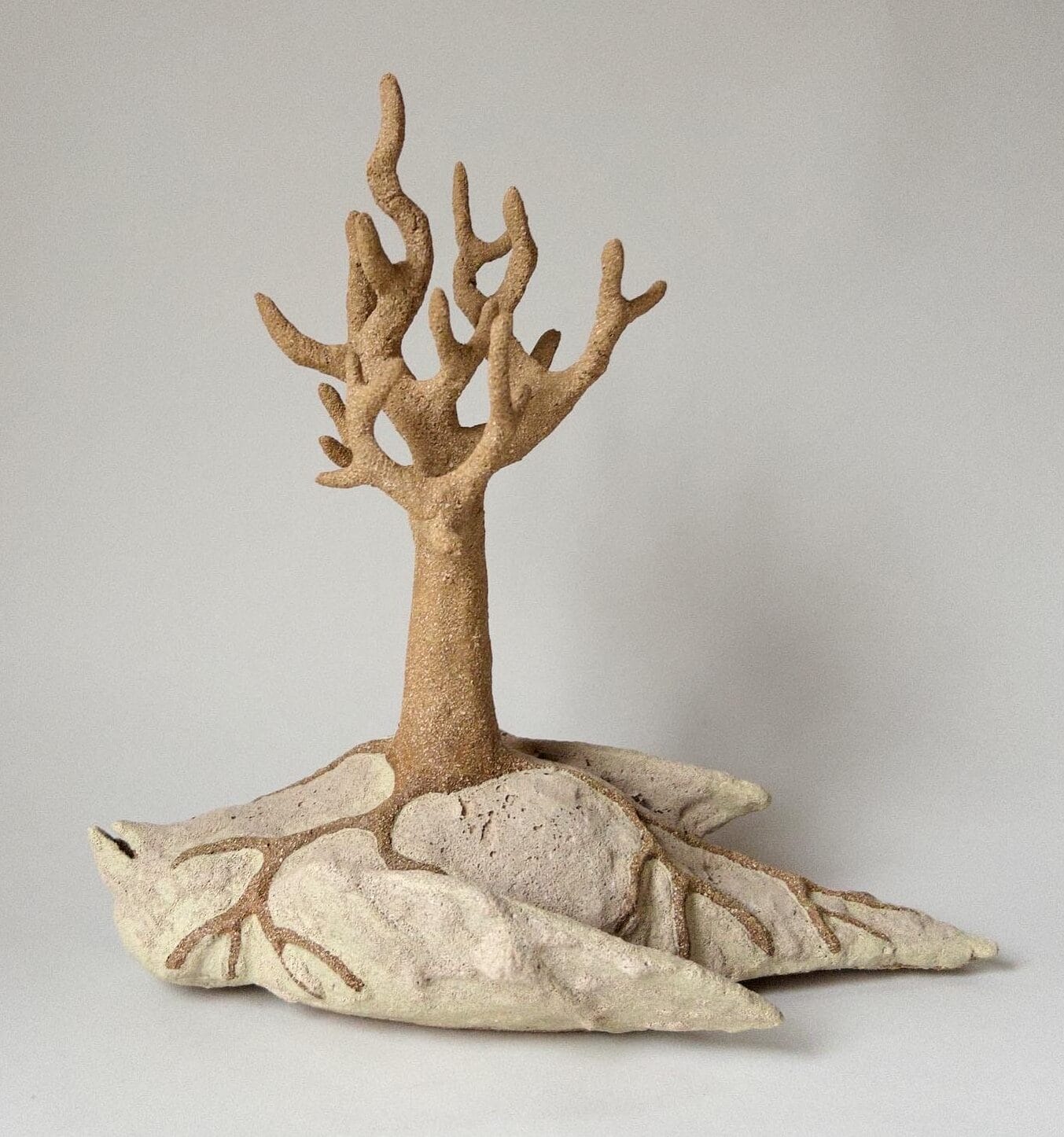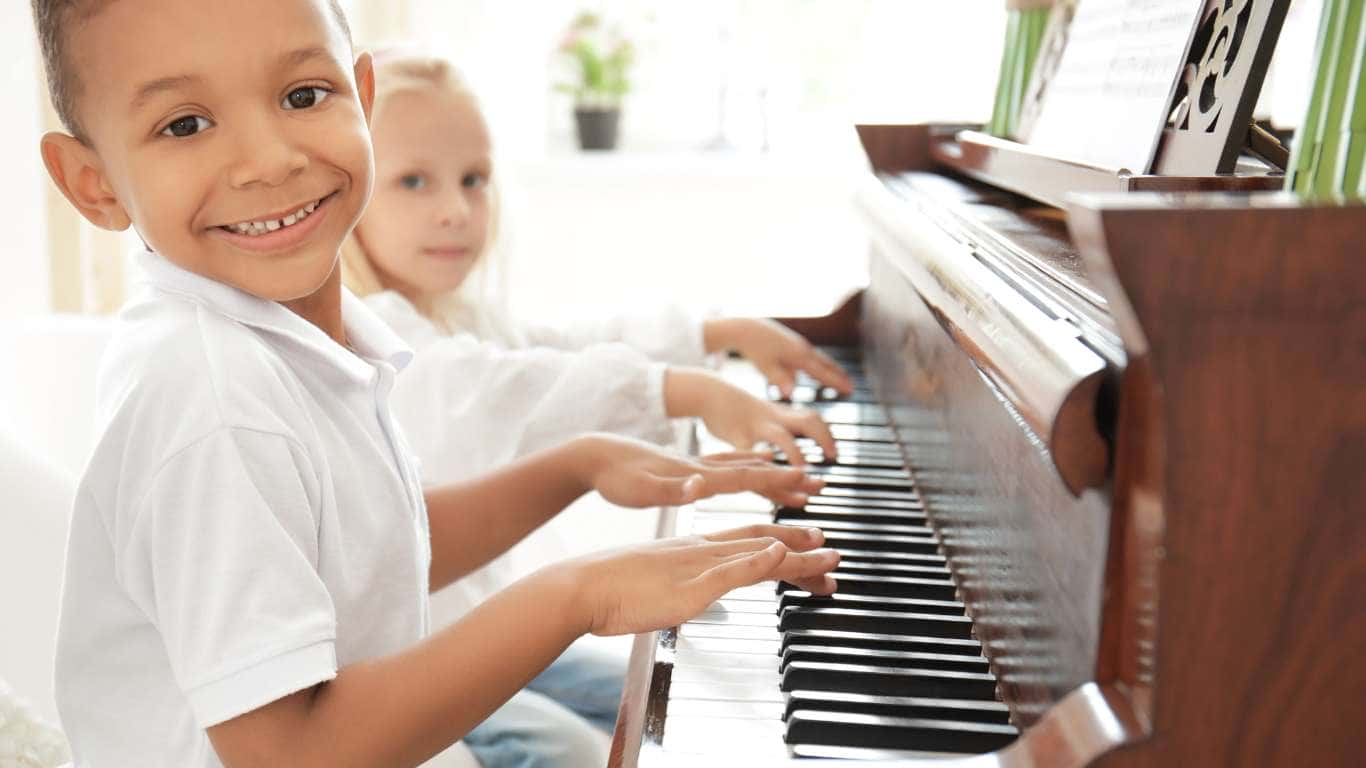Exploring the Role of Crafting in Group Therapy: Promoting Connections and Sharing Experiences

Understanding the Benefits of Crafting in Group Therapy
The fusion of creativity and mental health care has garnered considerable attention, particularly in the realm of therapy. One notable approach that has emerged is the integration of crafting in group therapy. This innovative method serves to not only engage participants actively but also creates a platform for forging meaningful connections and sharing personal narratives collectively.
Crafting offers a distinct avenue for individuals to articulate their emotions and experiences in a way that transcends verbal communication. This can be especially beneficial for those who may struggle to express themselves through words due to various barriers, such as anxiety or depression. The act of creating art or working with materials allows participants to channel their feelings into tangible expressions, providing an outlet for complex emotions.
- Encouraging Expression: Through crafting, participants can communicate feelings and experiences non-verbally. This form of expression can be particularly advantageous for individuals who find it challenging to articulate their emotions, allowing them to convey what they cannot say in words. For instance, one might create a sculpture that symbolizes their struggles, making emotional dialogue more accessible.
- Building Relationships: Collaborative projects, such as working on a mural or creating a shared quilt, engender a profound sense of community among group members. This cooperative effort fosters trust and camaraderie, as individuals learn to rely on and appreciate one another’s contributions, creating a supportive network.
- Fostering Mindfulness: Engaging in hands-on tasks such as painting or knitting can lead to reduced anxiety and increased present-moment awareness. The repetitive motions involved in crafting can induce a meditative state, enhancing focus and promoting relaxation, which is crucial for mental health.
Exploring various crafting techniques can transform therapy sessions into sanctuaries of creativity and healing. Activities like pottery, painting, or DIY projects help dismantle barriers that often inhibit open communication. Each craft serves as a tool for participants to explore their feelings in a safe environment, encouraging self-discovery and emotional expression.
Moreover, research supports the role of crafting in enhancing therapeutic outcomes. Studies have shown that group art therapy can lead to improved emotional well-being and social skills. By harnessing the power of creativity, therapists can facilitate more effective interventions tailored to the needs of their clients. Crafting, therefore, transcends the realm of mere pastime; it becomes a transformative practice that nurtures emotional health and strengthens interpersonal bonds.
In this discussion, we will further explore the role of crafting in group therapy, shedding light on the remarkable advantages these creative practices bring to therapeutic settings. As we delve into this topic, readers will uncover new perspectives on how crafting can enhance mental health and encourage personal growth within a supportive community environment.
DISCOVER MORE: Click here to enhance your gardening journey
Crafting as a Powerful Therapeutic Tool
The act of creating something with one’s hands has long been recognized as a source of therapeutic benefits. In the context of group therapy, crafting transforms into a unique means of engagement that fosters connection and community. The therapeutic potential of crafting lies not only in its ability to allow participants to express themselves but also in its role as a catalyst for deeper social interactions and shared experiences.
When individuals engage in crafting as part of their therapeutic journey, they often find a sense of autonomy and empowerment. This engagement can lead to the development of new skills, enhancing self-esteem and confidence. By working on projects ranging from simple jewelry making to complex woodworking, participants experience a tangible sense of accomplishment, which can be profoundly healing. Crafting challenges individuals to step outside of their comfort zones while providing a safe space for exploration and creativity.
Creating Shared Experiences
One of the most remarkable aspects of crafting in group therapy is the way it promotes shared experiences. As participants collaborate on projects, they weave their individual narratives into a collective tapestry of creativity and support. This interaction is essential in building empathy and understanding among group members. The process of creating together allows participants to share their perspectives, backgrounds, and stories, enriching the overall therapeutic experience.
- Symbolic Representation: Crafting offers a platform for individuals to represent their experiences symbolically. For example, creating a vision board can help articulate personal goals and aspirations, creating a powerful dialogue about dreams and challenges.
- Encouraging Active Listening: As participants craft together, they naturally engage in conversations about their projects and personal experiences. This shared activity encourages active listening, a vital skill in building healthy relationships.
- Breaking Down Barriers: Crafting can act as an icebreaker, helping to diminish feelings of isolation or anxiety that often accompany therapy sessions. When participants focus on a shared creative goal, it can ease the tension of opening up about their emotional struggles.
The significant advantages of crafting in group therapy extend beyond simple artistic endeavors. The creative process fosters an environment where vulnerability is met with compassion and understanding, allowing participants to unpack their emotional burdens in a supportive setting. Moreover, the tactile experience of working with materials—be it clay, fabric, or paint—can be grounding, enhancing one’s connection to the present moment. Through this mindful engagement, participants can cultivate a sense of calm amidst the chaos of their internal struggles.
As we continue to explore the multifaceted role of crafting in group therapy, it becomes increasingly clear that these creative outlets serve not only as methods of expression but also as invaluable tools for building community, healing emotional wounds, and enriching individual lives. The next sections will delve deeper into specific crafting methods and how they can further promote connections and collective healing among participants.
| Advantages | Description |
|---|---|
| Fostering Communication | Crafting provides a non-verbal avenue for participants to express feelings, significantly enhancing dialogue among group members. |
| Building Trust | As participants collaborate on projects, a sense of trust develops, encouraging openness and vulnerability, which are essential in therapy. |
| Enhancing Creativity | Engaging in crafting activities stimulates creativity, allowing individuals to unlock new perspectives and solutions to personal challenges. |
| Promoting Mindfulness | Crafting encourages a focused state of mind, which can reduce anxiety and stress while promoting overall well-being. |
Incorporating crafting into group therapy not only enhances the therapeutic experience but also fosters a robust sense of community among participants. Through hands-on activities, individuals are more likely to engage authentically with one another, sharing their unique experiences and emotions, and creating connections that might otherwise remain unexplored in traditional therapy settings. As these relationships deepen through crafting, individuals can experience heightened empathy and understanding, which are critical components in the healing process. Moreover, the act of creating something tangible can serve as a powerful metaphor for personal growth and resilience. Each project completed collectively can symbolize the collaborative journey of healing and support that defines group therapy. The inviting nature of crafting helps dismantle barriers, making it easier for individuals to reveal their thoughts and feelings while simultaneously promoting an environment where everyone feels valued and heard. Engaging with peers in crafting exercises can uncover new coping strategies and reinforce a sense of identity and belonging, proving invaluable for emotional recovery.
DIVE DEEPER: Click here to discover creative recipes
Fostering Connections Through Crafting Techniques
The therapeutic landscape is continually evolving, and crafting in group therapy presents various techniques tailored to deepen interpersonal connections. These methods not only stimulate creativity but also serve as conduits for fostering relationships among participants, bridging emotional gaps, and cultivating a sense of belonging.
Group Projects: Building Team Spirit
Collaborative projects, such as creating a large mural or crafting a community quilt, serve as effective tools in group therapy. These activities encourage participants to contribute their unique skills, promoting a sense of ownership over the final product. For instance, a community quilt designed by the group can be incredibly powerful—each square symbolizing individual stories while collectively representing shared experiences and support. This tangible representation of unity fosters bonding and camaraderie, reinforcing the notion that no one is alone in their struggles.
Mindful Crafting: Enhancing Presence and Connection
An increasingly popular method involves mindful crafting, which integrates mindfulness practices into the creative process. Participants are guided to focus entirely on the moment as they work with materials. This technique has been shown to significantly enhance emotional connections, allowing individuals to share their thoughts and feelings more freely. Practicing mindfulness while crafting helps reduce anxiety and promotes an atmosphere of peace and patience, enabling participants to better connect with one another and their own emotions.
Storytelling Through Crafting
The use of crafting as a storytelling medium is another powerful approach in group therapy. By combining creative expression with verbal sharing, participants can articulate their feelings and experiences. Techniques such as creating narrative journals or incorporating personal stories into projects allow individuals to layer their creative work with meaningful context. This narrative element not only deepens their understanding of their own journeys but also opens avenues for dialogue and connection with others in the group.
- Workshop Formats: Different workshop styles emphasize various aspects of crafting— whether it’s an organized session led by a therapist or a more spontaneous open crafting environment. Each setting can nurture specific social dynamics and enhance collective experiences.
- Themed Crafting Sessions: Special themes can invite participants to explore particular emotions or experiences. For example, a session focused on “healing through nature” could involve crafting with natural materials, encouraging participants to discuss their ties to nature and personal healing journeys.
- Creative Goal Setting: Setting shared creative goals can instill a greater sense of purpose within the group. As members work towards a common objective, they experience a boost in motivation, accountability, and community spirit.
Through these specialized crafting techniques, participants are not only creating art but are also forging connections that transcend verbal communication. The atmosphere of collaboration, exploration, and shared vulnerability creates a solid foundation for meaningful therapeutic work. The interplay of crafting with emotional healing ultimately reflects the resilience and strength found in community, making it a potent component of the group therapy experience.
EXPLORE MORE: Click here to discover the art of gardening
Conclusion: Crafting a Cohesive Community
As we navigate the intricate landscape of mental health and well-being, the role of crafting in group therapy stands out as a transformative approach to fostering connections and sharing experiences. The techniques explored—from collective projects that symbolize unity to mindful crafting that engages participants in the present moment—demonstrate how creativity plays a pivotal role in healing. These methods not only encourage self-expression but also cultivate an atmosphere of empathy and support, essential for those seeking solace in their shared journeys.
The power of storytelling through crafting emerges as a vital tool, allowing individuals to weave their personal narratives into the fabric of community, deepening interpersonal bonds. By transforming abstract emotions into tangible creations, participants unlock pathways for dialogue that might otherwise remain closed. Furthermore, adaptive workshop formats and themed sessions enhance engagement, tailoring the therapeutic experience to the unique dynamics of each group.
In conclusion, embracing crafting as a therapeutic modality not only enriches the therapeutic experience but also exemplifies the strength found in community. As mental health practitioners and participants alike continue to explore and implement these creative interventions, it becomes clear that crafting offers more than just an art form—it provides a shared space for connection, reflection, and emotional growth. Those interested in this innovative approach are encouraged to delve deeper and explore how crafting can revolutionize group therapy, transforming struggles into beautiful expressions of resilience and companionship.


